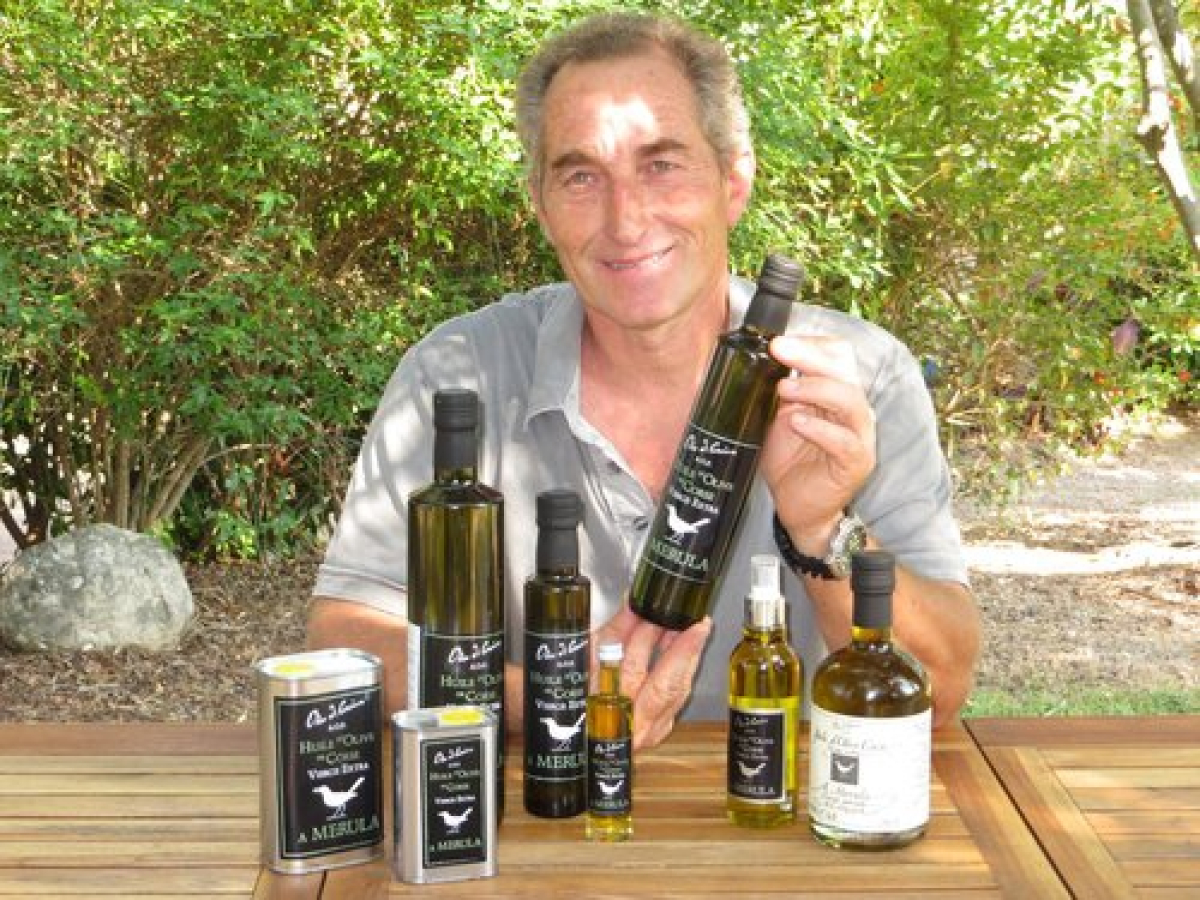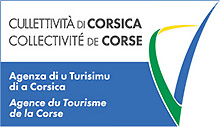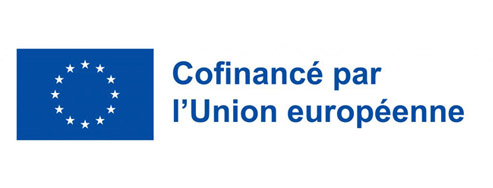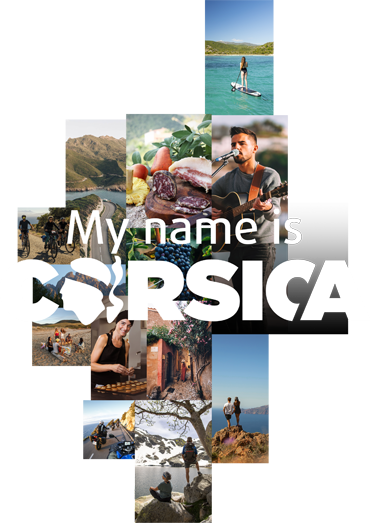Rechercher...
Explore Corsica
Olive Oil

The olives are collected only when they have reached full maturity so that they can become infused with all the aromas of the maquis and they fall into the nets below all by themselves between November and March. The olive trees can adapt perfectly to rocky ground and have no trouble on Corsica’s drier slopes.
In the past, each village had its own water mill, “u fragnu", to process the oil. The Genoese encouraged this olive growing culture on the island and by the XIXth century olive oil was used in cooking, pharmaceuticals, treatments for the body as well as having magical and religious properties attributed to it. This product is the great treasure of the Balagne area, where 1/4 of today’s oil is produced. The oil here is highly prized and has won four gold medals at the General Agricultural Competition over the last 10 years.
In the south, Sainte Lucie de Tallano (in the heart of the Alta Rocca) is also a land that is highly regarded for the quality of its olive oil. Here the altitude provides the perfect conditions for producing the well-loved « germaine d’Alta Rocca » variety. They even honour olive oil with its own festival: : A festa di l'oliu novu .
Olive oil production represents 2000 hectares of cultivated land in Corsica and this is carried out by 300 producers. The island has about 20 mills, including 7 state of the art facilities that are responsible for 80% of the total production.
The Appellation d’Origine Protégée is the only mark that guarantees the origin of the olives and where they were processed. An olive oil that bears the AOP Oliu di Corsica label is therefore sure to be made using only Corsican olives.
The AOP label is a mark of the highest quality: www.oliudicorsica.fr/


powered by cd-media.fr



